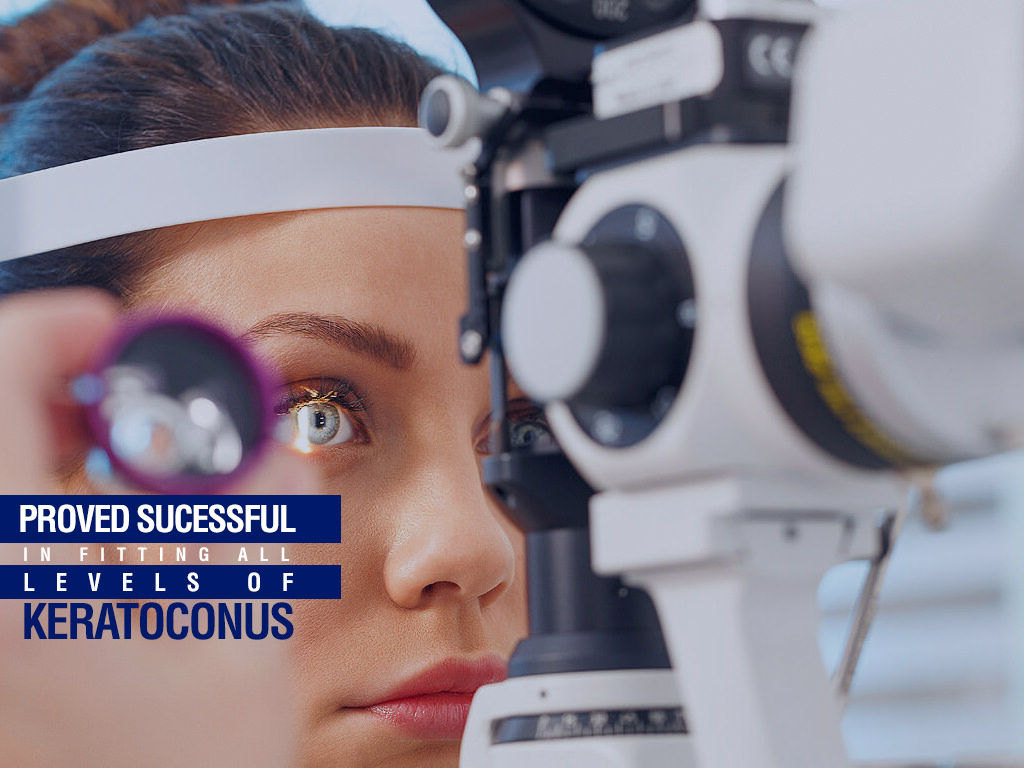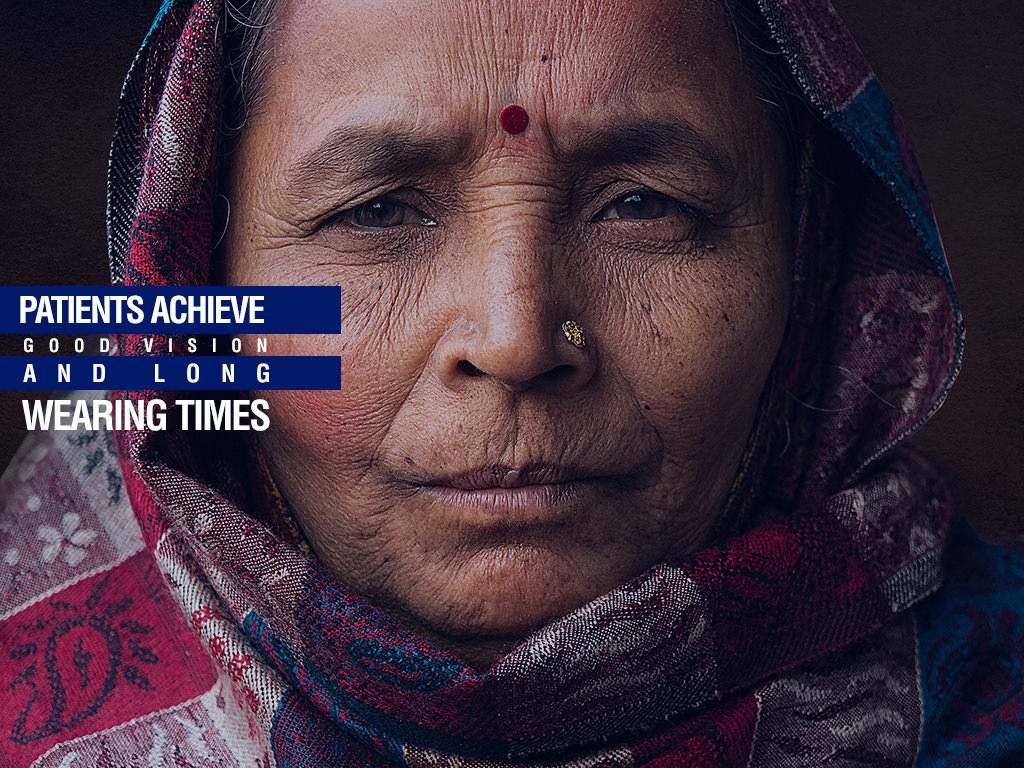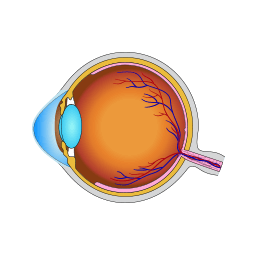What Is
Keratoconus?


Keratoconus is an eye condition in which the cornea thins and begins to bulge into a conical shape and deflects light as it enters the eye causing distorted vision.
Thank you
We’ll get back to you soon.
What are the causes of Keratoconus?
There are many possible causes of Keratoconus. It may be caused by hereditary factors - approximately one in ten patients have a parent with the same condition. However, environmental factors are also believed to play a role atopic allergy which cause the patient to vigorously rub their eyes

What are the types of Keratoconus?
There are many different types of Keratoconus which are determined by the location and shape of the thinned cornea. The main types are:
Forme Fruste
This is the mildest form of the condition and is usually symptom-free. It is usually only diagnosed via corneal topography. Forme Fruste is very common and no treatment is generally required other than glasses or soft contact lenses.
Nipple Cone
The shape of the corneal bulging will affect the quality of the patient's vision as it is very near the pupil. Depending on the severity of the symptoms, treatment options will include speciality small diameter hard contact lenses, hybrid contact lenses, or scleral contact lenses.
Oval Cone
This is by far the most common form of cerataconus. The area of bulging is notably larger and is usually observed inferior and temporally on the cornea. General observation often reveals a sagging appearance to the cornea.
Although the area of bulging and thinning is located further down the cornea, the corneal distortion does extend into the central part of the cornea. This means that vision will be significantly decreased with glasses and soft contact lenses.
Oval cone Keratoconus is best corrected with the use of scleral contact lenses or a Hybrid Contact Lens in some circumstances.
Globus Cone
This is defined as expansive corneal thinning and bulging affecting over 75 percent of the cornea. It is the most severe form of cerataconus but is also the rarest. Globus Cone is the most likely type of Keratoconus to need a corneal transplant known as a Penetrating Keratoplasty (PKP).

The extensive area of thinning means that this type of Keratoconus is usually only correctable with a large diameter Scleral Contact Lens.

What are the symptoms of Keratoconus?
Keratoconus usually affects both eyes and the symptoms can vary considerably, and change over time.
In the early stages, common symptoms are:
- 1. Changes in glasses RX.
- 2. Gradual decrease of vision where vision that is slightly distorted.
- 3. Increased sensitivity to light and glare (Photophobia).
As the disease progresses, symptoms frequently include:
- 1. Vision that is increasingly blurry and distorted
- 2. Increased nearsightedness or astigmatism. More frequent prescriptions may be necessary
- 3. Being unable to wear contact lenses as they may no longer fit properly and feel uncomfortable
keratoconus F.A.Q's
How is keratoconus diagnosed?
A clinical examination is required. A test called corneal topography measures changes in the shape of the cornea. Another test known as pachymetry is used to calculate the thickness of the cornea.
How is Keratoconus treated?
A clinical examination is required. A test called corneal topography measures changes in the shape of the cornea. Another test known as pachymetry is used to calculate the thickness of the cornea.
- A clinical examination is required.
- A test called corneal topography measures changes in the shape of the cornea.
- Another test known as pachymetry is used to calculate the thickness of the cornea.
Thank you
We’ll get back to you soon.
How can you prevent Keratoconus?
As Keratoconus is largely a genetic condition, it is not possible to prevent the condition from developing. However, if you have been diagnosed with Keratoconus, it is certainly possible to take steps to prevent the condition from worsening. The most important thing is to refrain from rubbing your eyes as this has been shown to aggravate symptoms. For more advice about the diagnosis and management of Keratoconus, contact the Orbit Eye Hospital for the latest treatments and up-to-date advice.
